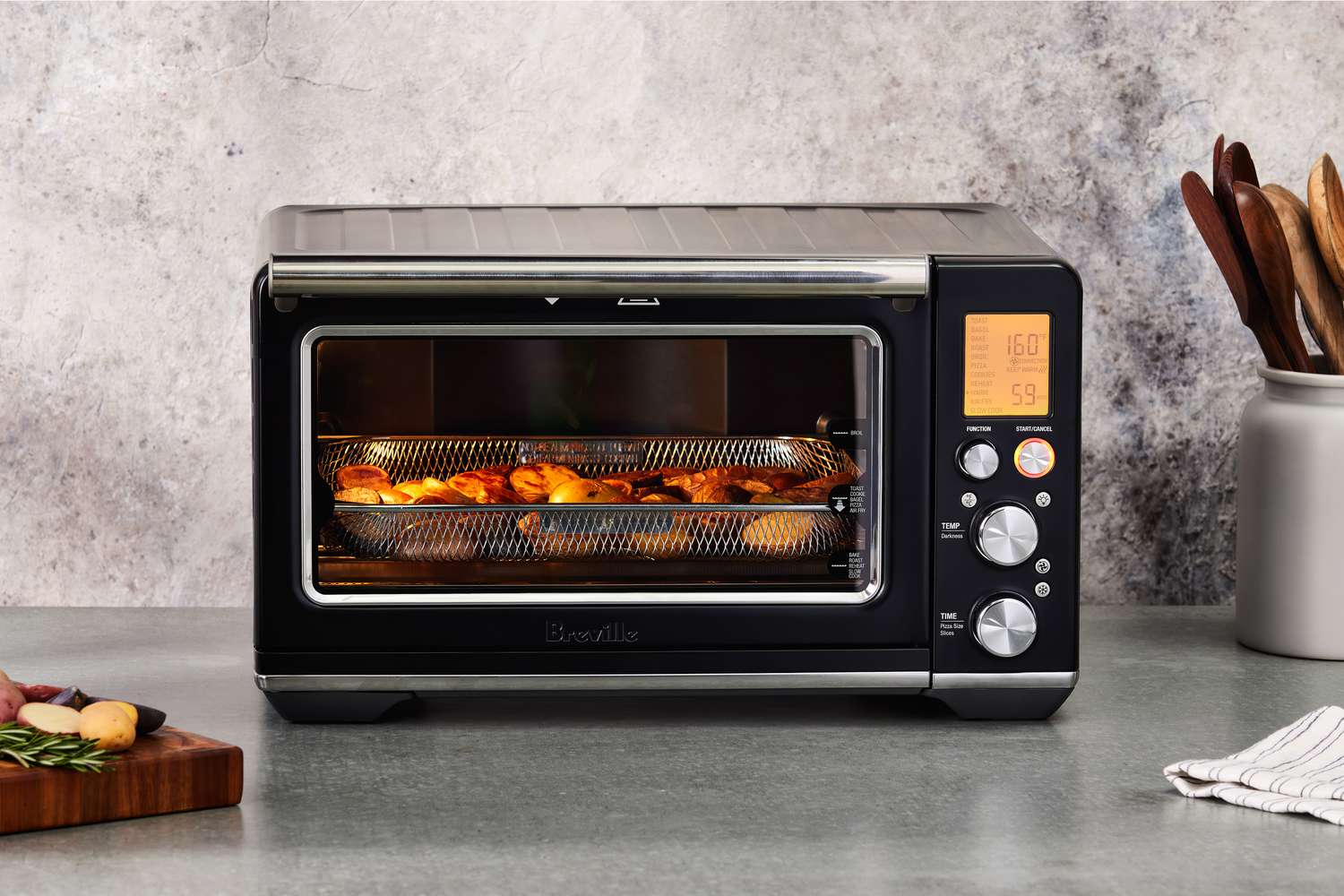
Although, at their heart, ovens are basic appliances, their frequent usage can cause complications over time. Parts wear out and loosen over time. Thankfully, a few of these bumps can be easily fixed on your own without assistance from a third party.
Make sure you're not dealing with one of these three typical oven issues that have an easy DIY solution before deciding it's time to schedule an expensive service call or replace your aged oven.
Problem: It's not heating up
It is obvious that an oven that never heats up is a serious issue. However, there are a few straightforward reasons why this could be occurring.
Reason:
It can be a malfunctioning igniter if your gas oven isn't heating up at all.
Remedy:
You can try one of the burners on the gas range to see whether it's receiving gas and lighting, so you can rule out a more significant gas line issue. A few faint clicks should be heard when you set the temperature on a gas oven, followed by the familiar whoosh sound that indicates the gas is starting to ignite. Turn off the oven and think about changing the igniter if you do not hear the gas ignite and the clicking ceases. The steps involved in this process vary depending on the type of oven, but they usually involve turning off the range's electricity, taking out a few screws, unplugging a quick release wiring connection, attaching the new igniter, and tightening everything back up.
Reason:
Similar to gas igniters, the heating components in an electric oven can also wear out or break with time. Usually, this can be identified visually by observing whether the heating components glow red.
Remedy:
It's time to replace one or both of the elements if they are not glowing fully or at all. Using a screwdriver or nut driver and the appropriate replacement part, you can complete this on your own in a matter of minutes. Turn off the range's electricity, take off any covers, unscrew the ones that hold the heating elements in place, replace the elements, and put the covers and screws back in their original places.
Problem: It's not heating to the correct temperature
Your oven may not be reaching the correct temperature if you observe that food is cooking more slowly than it should or that it is coming out of the oven underdone. There are several possible causes for this to occur.
Reason:
Oven temperature may not reach the proper degree if the internal temperature sensor is malfunctioning. One of the possible causes of this could be a temperature sensor that is touching the oven wall or one that is malfunctioning.
Remedy:
The temperature sensor's ability to measure the oven's internal temperature precisely will be impacted if it comes into contact with the interior wall. If so, move it such that it isn't in contact with the wall. If it's still not heating properly, you can check the sensor's functionality with an ohmmeter. As the oven's interior temperature rises, the sensor's resistance ought to as well. Just like with a gas igniter or heating element, changing the temperature sensor is a simple, fast fix that you can perform on your own.
Reason:
It might only need to be calibrated if it's still not heating to the proper temperature after you've checked or replaced the gas igniter, heating components, and temperature sensor.
Remedy:
Set the oven's temperature to 350 degrees Fahrenheit. After 20 minutes, and then every 20 minutes for the next 1.5 to 2 hours, take a temperature reading. To determine how near the average temperature is to 350 degrees Fahrenheit, divide the total temperature readings by the number of readings you take.
Problem: It's not cooking evenly
Your oven is not cooking food uniformly if you toast some bread and find that some pieces are toasted more than others. Another test you can do to make sure your oven isn't cooking food fairly is to bake a cake or roast a whole chicken.
Reason:
The heating components and temperature sensor should be checked first, much like with an oven that won't heat at all or doesn't heat to the proper temperature.
Remedy:
Before you proceed, preheat the oven, visually inspect the heating components to make sure they are fully burning red, and make sure the resistance of the temperature sensor increases as the oven temperature rises. Replace both if they aren't operating as they should.
Reason:
You might only need to understand how your oven cooks because some cook in different ways. Nevertheless, the placement of the racks or the cookware you're using may also be the cause of your oven's uneven cooking.
Remedy:
For example, baking pans are designed to be reflective. Try giving them a thorough cleaning to get rid of any buildup if they have become discolored over time, or replace them completely. Additionally, observe the way the oven cooks food and modify your cooking methods accordingly. For example, turn the food while it cooks or raise the racks to a higher level for specific dishes.

 Admin
Admin
Leave A Reply
Your email address will not be published. Required fields are marked *